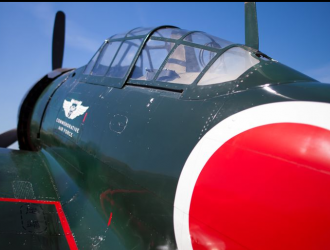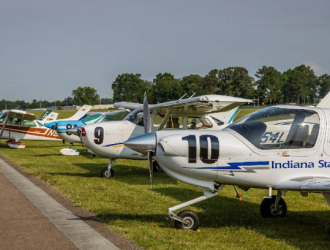
The forecast predicts 7,879 unit deliveries over the 10 years, representing $248 billion on revenues, based on 2015 pricing.
That, however, is 10% fewer deliveries than Jetcraft was forecasting last year. “The main takeaway is that we are forecasting growth over 10 years, but like any 10-year period, there will be ups and downs,” says Jetcraft president Chad Anderson, blaming “less favourable” US dollar exchange rates and lower commodity prices hitting the purchasing power of emerging market economies for the more pessimistic outlook.
However Jetcraft says: “Offsetting these headwinds is a belief that the US economy still has ample room to grow and that the current trend of companies buying back shares is about to wind down and shift to robust capital expenditure investment, supporting a better climate for aircraft sales.”
The US-based company believes Pratt & Whitney Canada will supplant Rolls-Royce as market leader in the engine sector, with a 30% revenue market share boosted by entry into service of the Gulfstream G500 and G600. Rolls-Royce is expected to dro to second position, with a 24% share.
Honeywell will be the dominant player among avionics suppliers, says Jetcraft, with a 45% revenue share over the forecast period. Rockwell Collins will be second with 37%, with Garmin extending its incursion into the business jet market when it adds the Cessna Longitude to its line-up.
Jetcraft began publishing its 10-year forecast two years ago after it conducted an internal market strategy process and “discovered many of our clients were asking the same questions as us”, says Anderson. He adds that the company’s “neutrality” from any manufacturer, “global perspective”, and “numbers of aircraft we transact” mean it is “uniquely placed” to assess trends in the market.



